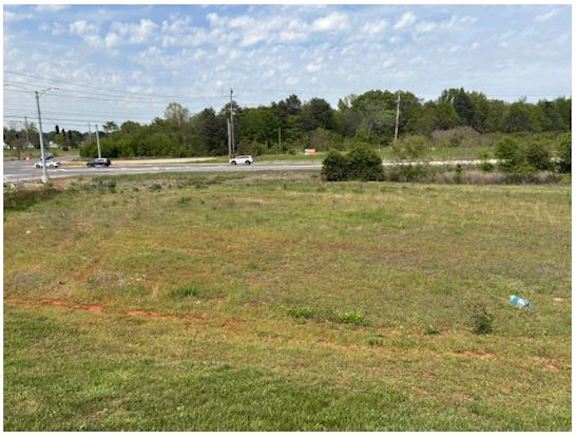THE GARDEN SPOT: Protecting plants from the cold
Published 2:00 pm Friday, January 12, 2018

- Winter weather
In North Alabama, it is a guessing game as to what kind of weather we will have.
Will we have a mild winter, or will it be colder? So far, it appears to be the latter.
Trending
A Zone 7 winter is characterized by average annual extreme minimal temperatures of 50 to 100 degrees. If your landscape was planned and designed based on our Zone 7 plant pallet, you should be fine. However, if you enjoy rolling the dice with your plant selection, well, you may be a little upset this spring.
There are several things that cause plants to be susceptible to cold damage. Mild fall temperatures can inhibit or delay their acclimation to the cold temperatures that we know are right around the corner. This issue can cause even greater problems with marginally cold-tolerant plants.
With very cold weather, it is impossible for these plants to acclimate to temperature extremes. This is especially true of most subtropical plants and half-hardy perennials.
Again, if you are a gardener who likes to push the hardiness zone to extremes, you will be saddened this spring when those marginal plants disappear from your garden. If you are unsure which zone you garden in, check out the USDA hardiness zone map at http://www.usna.usda.gov/Hardzone/index.html. The news is better for more cold-hardy species of woody plants. In these plants, cooling temperatures initiate the accumulation of sugars, modification of proteins and changes in cell membrane permeability, all of which increase the plant’s cold hardiness. While most plants require both short days and lower temperatures to develop full cold-hardiness, other plants harden only in response to low temperatures, regardless of the day length.
For woody landscape plants, low-temperature injury, often called freeze damage, can be caused by intra- or extra-cellular ice formations within the plant. When intra-cellular ice is formed, crystals originate inside plant cells. This type of ice formation would be extremely rare in Alabama’s hardy plants, and it is unlikely to occur even during an unusually cold spell.
The other more likely type of freeze damage occurs when extra-cellular ice forms during normal cold winter conditions. This means that water moves out of plant cells as temperatures approach 32 degrees to prevent freeze damage and then back into cells for hydration when the temperature rises above freezing. This type of freeze damage is not lethal to most woody plant species that have been properly acclimated and are cold-hardy to the zone where you live.
Trending
Injury can occur, however, if the cells are dehydrated for relatively long periods of time or subjected to very low temperatures that they cannot tolerate.
For the more cold-hardy woody plants, the freezing and subsequent rapid thawing can actually be more damaging than a sustained cold period. It would be better for the plants to thaw slowly to avoid bark splitting. Since you have newly planted shrubs or young trees with exposed trunks, you may consider wrapping them before they start to thaw to prevent this rapid thawing action.
Normally, we don’t have a problem with root damage, but a little extra protection may prove useful should we receive prolonged cold temperatures. Applying a layer of mulch, 2 to 3 inches deep, will aid in maintaining a more even soil temperature and retaining soil moisture.
Plants that benefit from this practice include perennials, rock garden plants, strawberries and other shallow-rooted species. Apply bark products, composts, pine needles, straw, hay or any one of a number of readily available materials from the local garden center.
Only time will tell how much damage plants have sustained but keep an eye on marginal woody plants this spring because they may be more susceptible to borer and beetle attacks after winter cold injury. I hope these tips are helpful. Happy gardening!
— Becker is the Limestone County Extension Coordinator. For information on topics related to the home and garden, contact any office of the Alabama Cooperative Extension System. The Limestone County Office is located at 1109 W. Market St. in Athens. Office hours are 8 a.m.–4:30 p.m. Monday through Friday. For more information, call 256-232-5510 or visit www.aces.edu.





